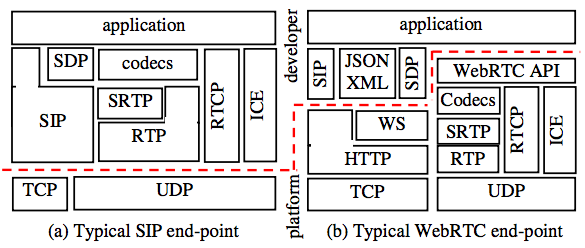WebRTC Vs RTP: Decoding Real-Time Communication Choices

WebRTC and RTP are both protocols for real-time communication. WebRTC is used for peer-to-peer connections, while RTP is used for streaming media. WebRTC, short for Web Real-Time Communication, enables direct peer-to-peer communication in web browsers and mobile apps. It supports…

